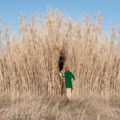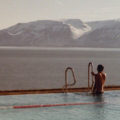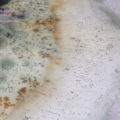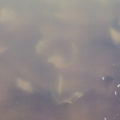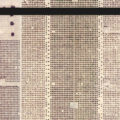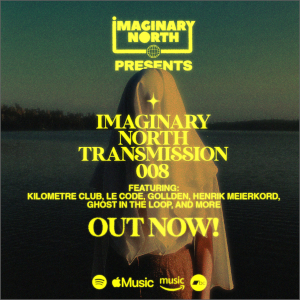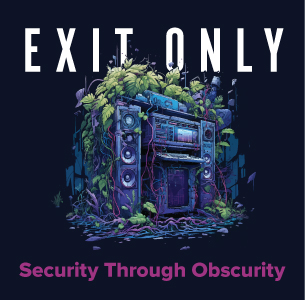Masaya Ozaki explores various sound sources on Mizukara and then manipulates them into comforting or sometimes discomforting new textures. There’s various acoustic instruments that get played with, contributing to the album’s overall variety and different soundscapes.

Centered around rather cold and minimal compositions
Masaya Ozaki explores various sound sources on Mizukara and then manipulates them into comforting or sometimes discomforting new textures. There’s various acoustic instruments that get played with, contributing to the album’s overall variety and different soundscapes; that being said, a lot of this record is centered around rather cold and minimal compositions, so do not think of all its instrumentation as a tool to make grand and colorful pieces; that’s also due to how timidly all of these instruments are displayed, there’s no more than two per track usually, so this helps keep the album’s overall delicate sound nice and tight.
Even with its variety of sounds, this LP does fall a bit flat when it comes to utilizing them, both in terms of the textures themselves and the compositions. The manipulation of acoustic sound sources is rarely adventurous, there’s little variety in how these instruments are utilized throughout; take for example “Frá Vatni,” which makes use of some harsh screeches similar to ones you’d find in some really out there free jazz pieces, which is pretty exciting in it of itself, but said excitement fades really quickly after just a couple minutes. Again, that’s just due to how little this piece does to keep this sound interesting all the way through, it comes back again and again so it hardly leaves an impression after a bit; that’s also because of the somewhat loose nature of the composition, the piano and the guitar screeches rarely collaborate with one another, leaving a lot of room for atmosphere indeed, but also making it so said atmosphere can’t really build up to much more than just pleasant noise.
That being said, the first half of this piece is far better, I really like how it opens up gradually, with a really good piano arrangement. All of the harmonization with the piano are especially pleasant—and by introducing the guitar as an added tonal element first, in order to only then regress into the dark and harsh discomforting second half.
Pleasant noise ::
Especially sweet sonic displays are found in the opening track, “Evening Regions.” I really enjoy the opening chord progression, it is simple enough to make it a smooth opening, but the fact that it reoccurs as a motif makes it really seep in your head. I also found comfort in all the background noises from field recordings—they somehow match the piano really nicely; it’s as if the piano was inside a room while all the noise was coming from elsewhere outside, it’s a great effect. A lot of layers of ambience get added later on, making this piece enjoyable all the way through, as said ambience does eventually overtake the initial arrangement of the piano to give this track a new life.
Similar in progression is “Siskin,” which opens up with another reoccurring motif; this one is provided by some vocals, which sound really magical thanks to the effects applied. These mystical vocals become even more entrancing thanks to repetition, creating an opening that pulls me in immediately. The piece later plays with a lot of percussive elements, which keep this atmosphere very much alive, as randomly scattered bells and chimes and all sorts of other clicks help keep the feel of atmosphere over composition. The last part of the track does break this mood unfortunately, as the poem that’s recited near the end of the tune I find to be rather unfitting, it suddenly comes in and has a really stiff and robotic feel to it that clashes hard with the rest of the piece.
I also don’t think “Opië Rþmi” and “Skerpla,” the other two tunes, are particularly outstanding.. The former becomes rather tiring after a bit, again suffering from the lack of great compositional ideas that would make its repetition of textures not feel like repetition, instead the flute and the piano tend to ignore one another and both try to establish an atmosphere with their somewhat unpredictable positioning, though the trick gets old a bit quick. “Skerpla” is instead more pleasant, it’s a brief closing track that calls back to “Evening Regions,” though it does admittedly lack the magic of the former.
Still, Mizukara isn’t to be thrown away. While not particularly memorable, it’s a pleasant experience. The atmosphere is solid, despite the fact that it fails at keeping it solid for its entire duration. It’s sweet and really smooth for the most part, while other times it can be unnerving, though I don’t find some of its textures to be particularly innovative, more thorough compositions could have made uninteresting textures sound completely new and fresh.
Mizukara is available on laaps. [Bandcamp]











